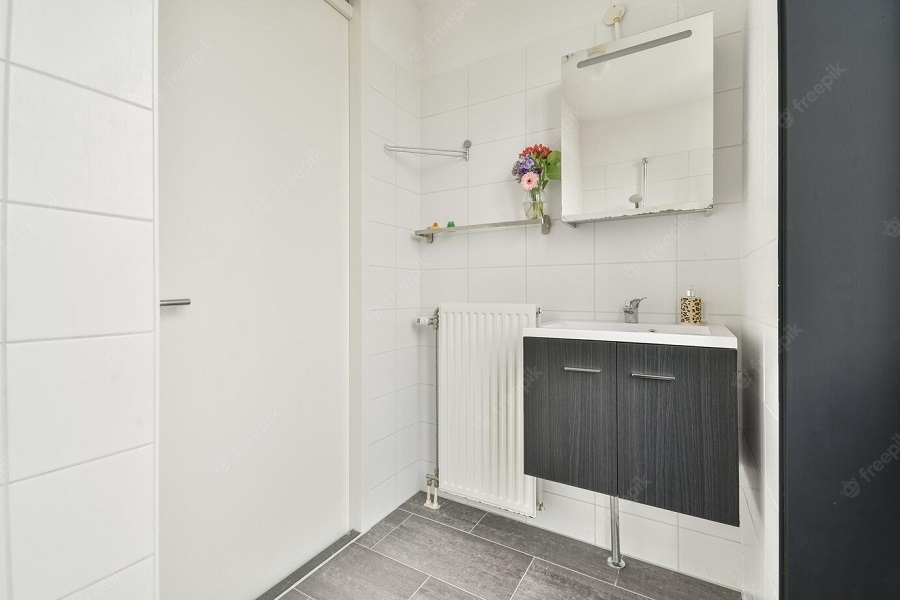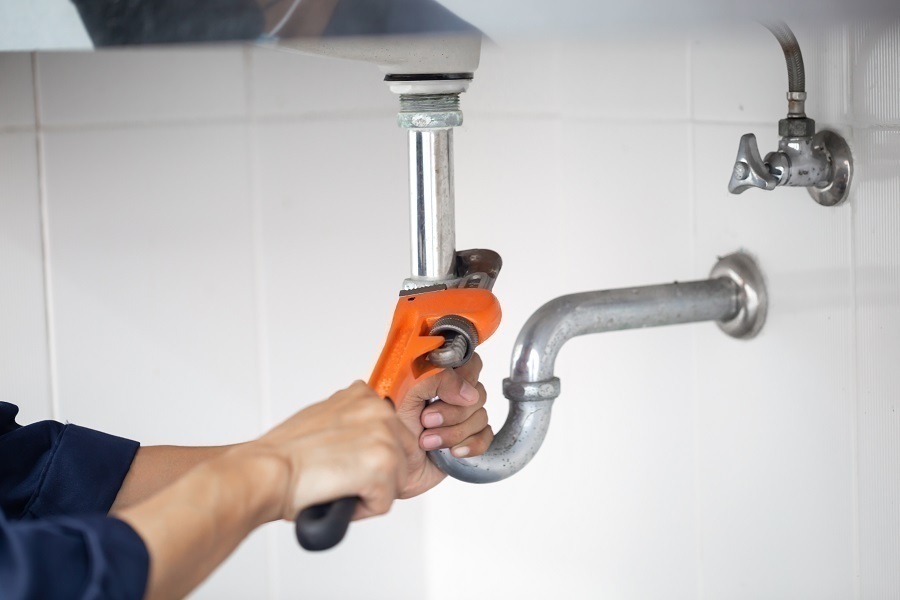Last updated on
Need your bathroom’s plumbing replaced? Here are the top eight things you have to keep in mind. Read on!
There should be no slacking off when it comes to plumbing in the bathroom. Construction and home improvement enthusiasts, as well as professionals, often find plumbing to be a rewarding experience despite its perceived lack of glamour.
Although it can be tricky, hiring the right professional is essential. Even so, if you’d prefer to do it yourself, you can do so by studying plumbing. When installing new plumbing in your bathroom, here are some things to keep in mind:
What's Inside
The Bathroom’s Design

The type of bathroom you have is one of the first things you should think about when you’re planning on installing new plumbing. Master, full, half and 3/4 baths are all types of bathrooms.
The style of your bathroom should also be taken into account when making a decision. A contemporary bathroom, a country bathroom, a traditional bathroom, and an island bathroom are all included in this category. – Knowing the type of bathroom and the location of fixtures will help you determine where to place the pipes and fittings, where to place the stacks vents, cleanouts, and drainages, and even which valves to use.
Consider the Flow of the Water Stream
In order to properly layout the new plumbing that you intend to install in your bathroom, you should first consult a professional plumber. Before you can properly install the new system, you’ll need water layouts, storm drainage layouts, and sanitary sewage layouts.
When putting in new plumbing, make sure to keep water flow in mind as well. A high-flow bathroom will require more plumbing work than a traditional bathroom. A pump and even narrower pipes are required to boost water pressure and ensure that the bathroom has enough water. In order to get rid of any unpleasant odors and flush out waste from your property, you need to connect soil vent pipes and fittings.
Consider Drainage
The drainage system should also be taken into account when building a new bathroom. Graywater should be drained from your bathroom and kept in a drain to prevent flooding. Hair strands, dust, textile fibers, and other solid particles that could clog pipes are also filtered out by drains.
All the Fixtures You’ll Need
If you’re remodeling your bathroom, think about adding new fixtures and amenities while you’re doing the plumbing work. With the exception of bathroom lighting fixtures, the toilet, lavatory, bathtub, and shower are some of the other items you’ll need for your new bath (for a full bathroom). Before you begin any plumbing work in your bathroom, you should make sure that these things are in order. With multiple fixtures close together, it should be as efficient as possible.
For your lavatory, make sure you use the correct pipe, fitting, and angle valve. Make sure there’s enough room for movement as well. The bathroom door and water closet are the most common locations for this fixture.
Installing Pipes and Fixtures Correctly

Installing new plumbing in your bathroom also involves making certain that all of the pipes, fixtures, and other small details are done to a high standard. To ensure that your new bathroom plumbing is installed correctly, you should hire a professional plumber to come in and perform the work. To ensure that water enters your home and wastewater is transported to the septic tank in a timely and efficient manner, a reputable plumber is familiar with the proper pipe joints for bathroom pipes.
Leaking pipes in your bathroom can be caused by the shoddy installation of pipes. If you have children or other family members, this is a safety hazard and an eyesore. By having your plumbing system professionally installed, you can avoid a lot of headaches.
Sealing
After you’ve installed all of your bathroom’s plumbing fixtures, it’s critical to ensure that they are properly sealed. If you don’t plan to hire a professional to seal your plumbing materials, the first step is to seek the advice of a master plumber on sealants and adhesives. In the bathroom, he or she can give you advice about which kind of sealant to use on the pipes and fixtures.
How to Hire a Plumber You Can Trust
If you’re looking for a good plumber, you’ll want to check the yellow pages in your area or search online. Request referrals from people you know who have recently had their bathroom renovated. If you’re looking for a plumber online, see if you can find testimonials from others who have dealt with plumbing issues in the past. Forums and communities on the internet are great places to find others who are dealing with the same issues you are and learn from their experiences.
In the event that you opt for a do-it-yourself project and gather all of the required tools, plumbing materials, and fixtures, you do so at your own risk. To avoid mistakes, accidents, and waste of money, make sure you fully understand how it’s done the correct way first. Make sure you have all the information you need before you get started with your project.
A Few Extra Tips
Depending on the owner’s preferences, bathrooms can be tailored to suit their needs. The quality and final appearance of your bathroom are directly related to the materials you use. There are a few things you’ll need to know in order to select the best material for your project.
If you haven’t yet decided on the bathroom’s style, color, design, fixture types, amenities, etc., the Internet is a good place to start looking for inspiration. Visit your local hardware store if you prefer not to go online. You can look through their inventory of materials or request a catalog to see even more choices.
Make sure that these materials are safe to use before purchasing them for your bathroom, as there are a lot of dangerous materials out there. Consequently, you should take the time to thoroughly research all of your bathroom remodeling materials and tools.
The Takeaway
You must take your time in planning and preparation when remodeling a bathroom. There is no need to rush, but you should avoid working until the very last minute. If you’re pressed for time, consider hiring an interior designer and a master plumber to handle the design and installation, respectively. To ensure that your new plumbing installation goes off without a hitch, you need a trustworthy plumber.




